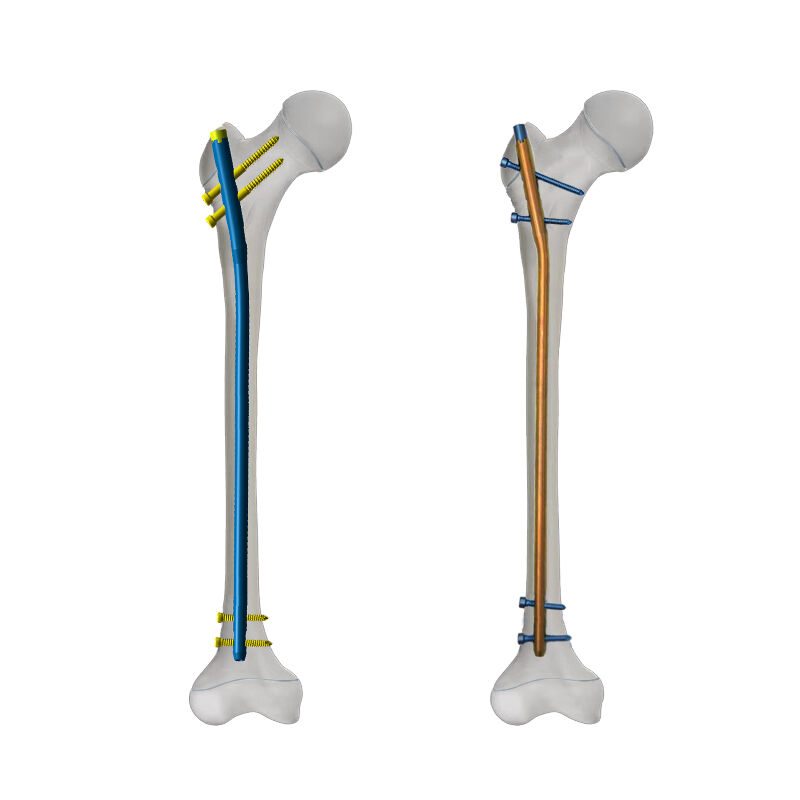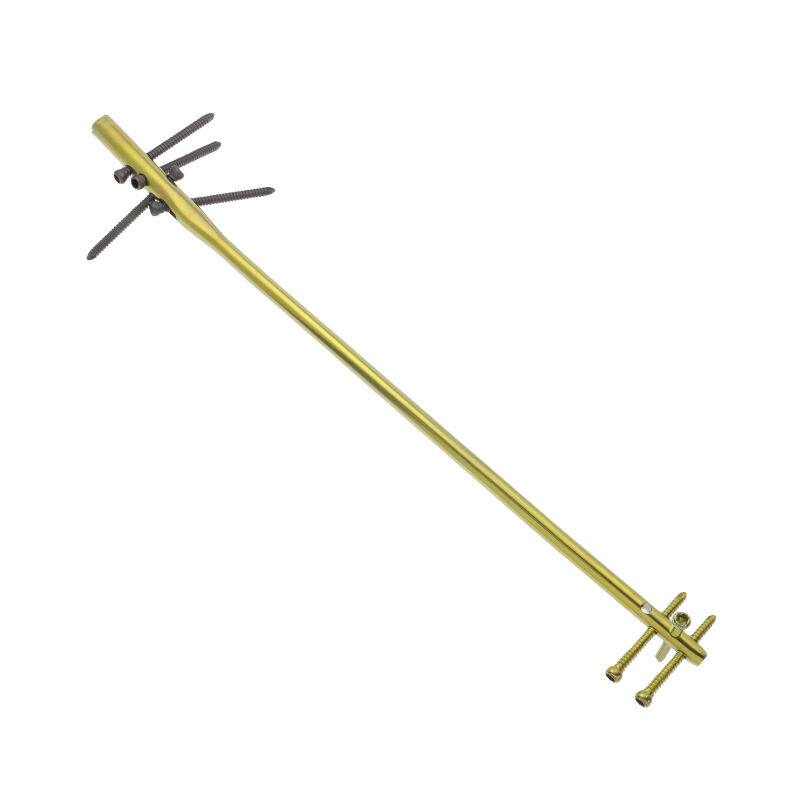titanium nail in orthopaedics
Titanium nails represent a revolutionary advancement in orthopedic surgery, serving as essential implants for treating various bone fractures and skeletal injuries. These medical devices are crafted from high-grade titanium alloy, specifically designed to provide optimal strength while maintaining biocompatibility with human tissue. The nails function as internal splints, inserted into the medullary cavity of long bones to stabilize fractures and promote proper healing. Their unique composition offers exceptional resistance to corrosion and fatigue, ensuring long-term durability within the human body. The design incorporates specific features such as proximal and distal locking options, allowing surgeons to achieve precise alignment and rotation control during fracture fixation. Modern titanium nails also feature advanced surface treatments that enhance osseointegration, facilitating stronger bone attachment and faster healing. The implants come in various sizes and configurations, accommodating different anatomical requirements and fracture patterns. Their application spans across multiple orthopedic procedures, including the treatment of femoral, tibial, and humeral fractures, making them versatile tools in trauma surgery.


